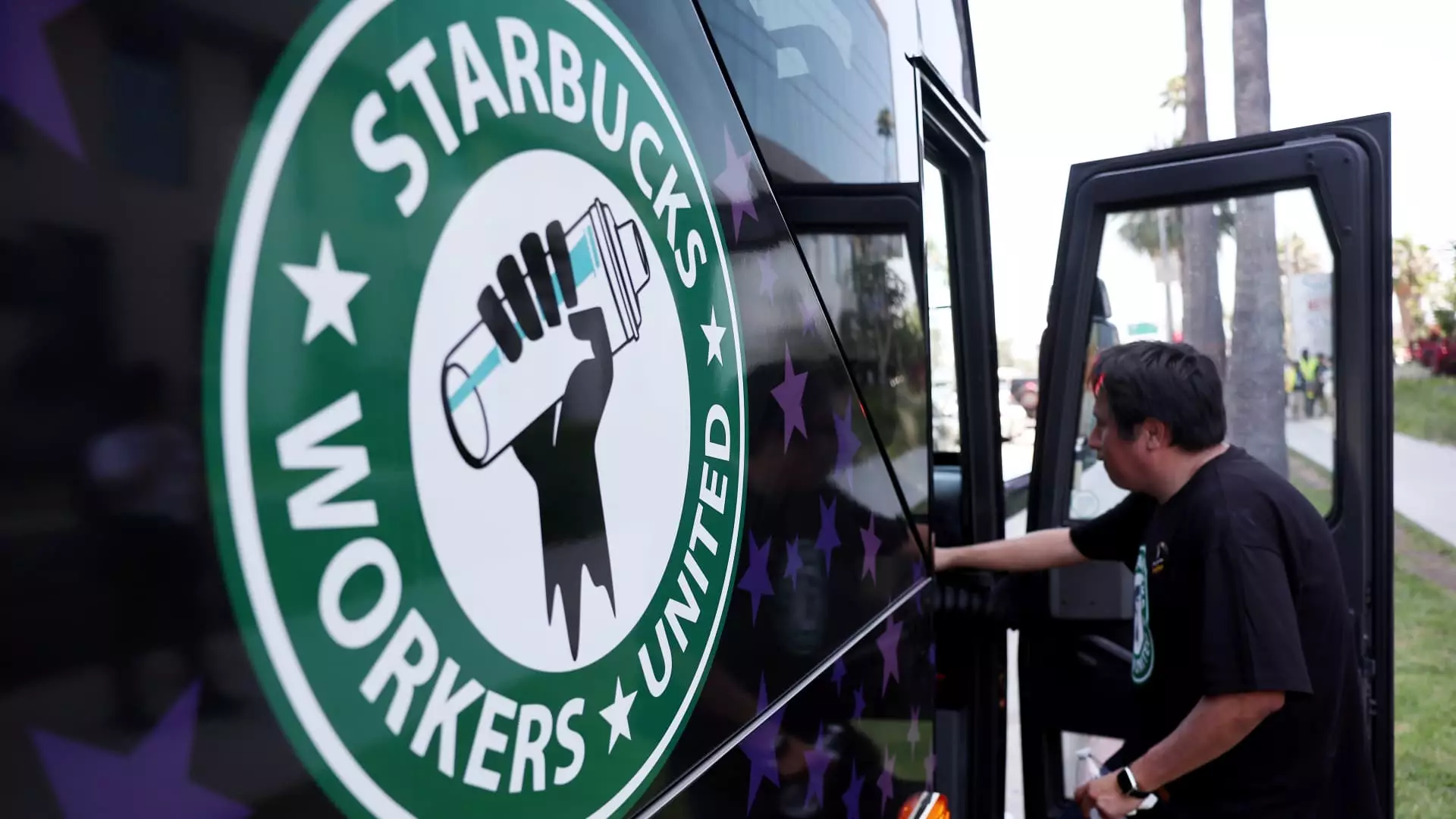Starbucks has found itself at the heart of a significant labor movement over the last few years, marked by a surge in unionization efforts. With over 500 company-owned locations voting to unionize under Starbucks Workers United since the movement gained traction in Buffalo three years ago, the stakes have never been higher. The recent announcement that 98% of union baristas voted to authorize a strike signals a possible escalation in tensions between the coffee giant and its workforce. This situation underscore the challenges faced by both sides as they navigate negotiations that are fraught with complications stemming from differing expectations and industrial relations practices.
Despite numerous bargaining sessions—and claims from both parties that they have made notable progress—the reality is that a comprehensive agreement still remains elusive. Workers United has expressed frustration over the slow pace of negotiations, pointing out that hundreds of unfair labor practice cases are still unresolved. The union has emphasized the necessity for a foundational contract that would address critical components like barista compensation and benefits. This situation raises questions about the effectiveness of current negotiation strategies and whether either side is fully addressing the concerns of the workforce.
Starbucks’ Position: A Commitment to Dialogue or Deliberate Stalling?
Starbucks has publicly refuted claims from Workers United that negotiations have not been productive, stating that it has held numerous bargaining sessions and achieved several tentative agreements. However, critics argue that these agreements do not equate to meaningful or adequate changes for workers. The contention around whether the negotiations have been genuinely constructive reflects a deeper issue about power dynamics in labor relations. If Starbucks aims to foster a positive work environment, it must address longstanding grievances while effectively communicating its intentions and outcomes during negotiations.
The authorization of a strike by such a large percentage of baristas indicates a high level of discontent among Starbucks workers. This decision is not taken lightly; it symbolizes a breakdown in trust between employees and management, which could have significant repercussions. A strike, if it occurs, would not only disrupt business operations but potentially harm Starbucks’ brand reputation, particularly among consumers who prioritize corporate responsibility and fair labor practices. It also raises questions about how the company will manage these public relations challenges, especially following previous backlash regarding its handling of unionization efforts.
Looking Ahead: The Future of Labor Relations at Starbucks
As Starbucks navigates these turbulent waters, the direction of future labor relations remains uncertain. Changes in leadership, including the recent appointment of CEO Brian Niccol, bring new dynamics that could affect negotiations. While Niccol has committed to good-faith bargaining, baristas may remain skeptical, especially with reports of reduced annual pay hikes tied to company performance. Moving forward, the path will require both sides to engage in honest dialogue, prioritize worker welfare, and seek resolutions that enhance rather than hinder employee morale. Ultimately, how Starbucks responds to its workforce’s demands could redefine its corporate culture and labor relations strategy in the years to come.

